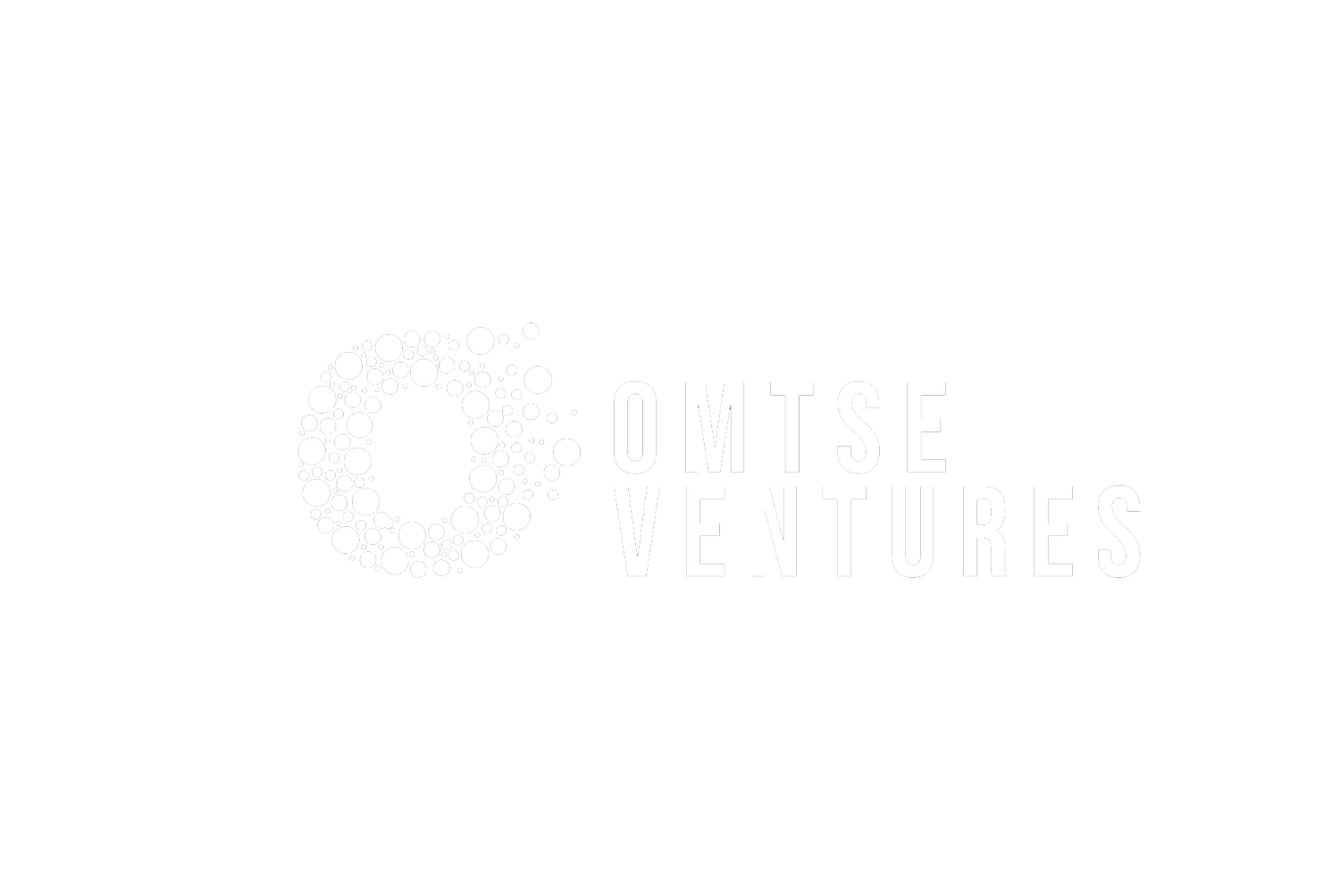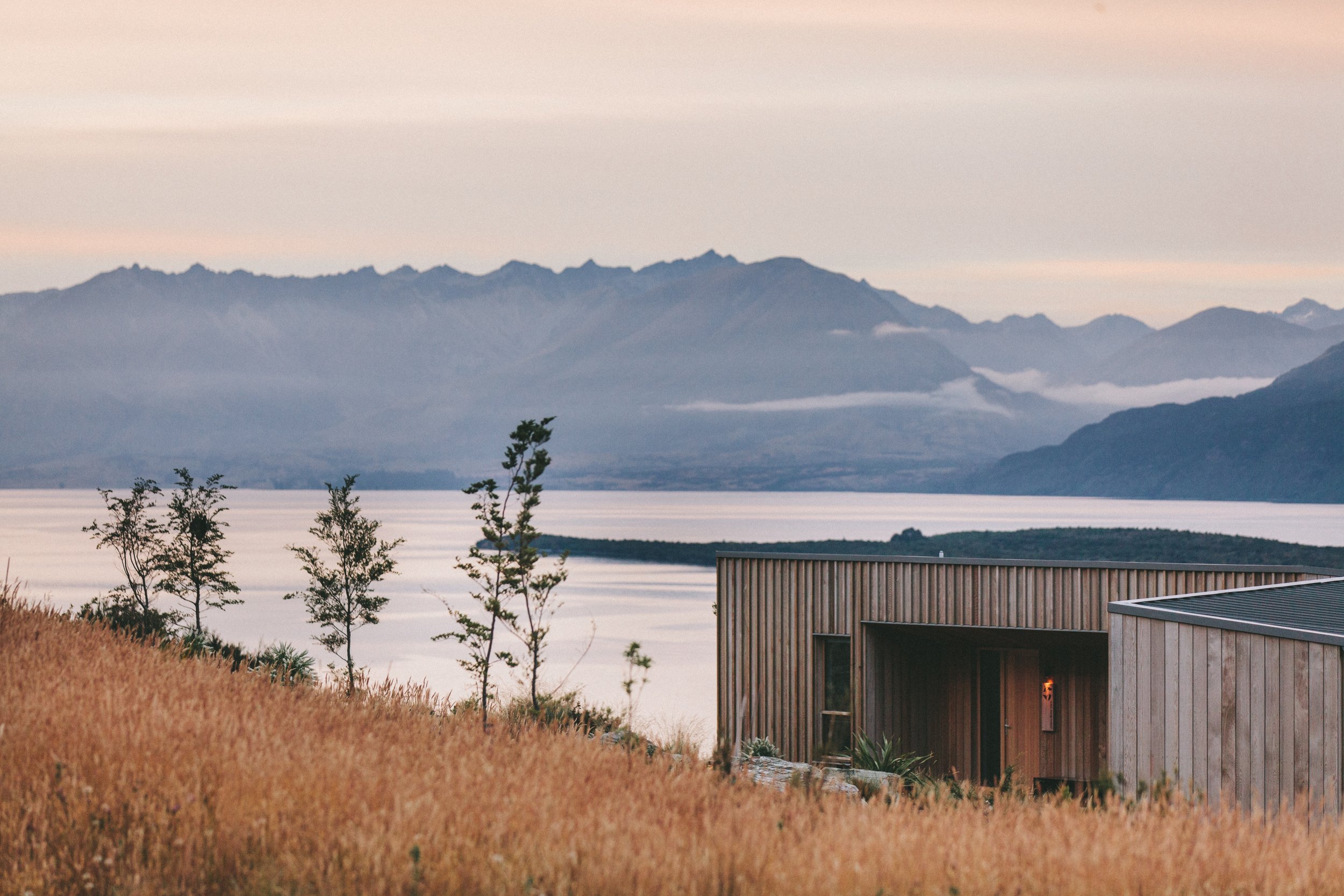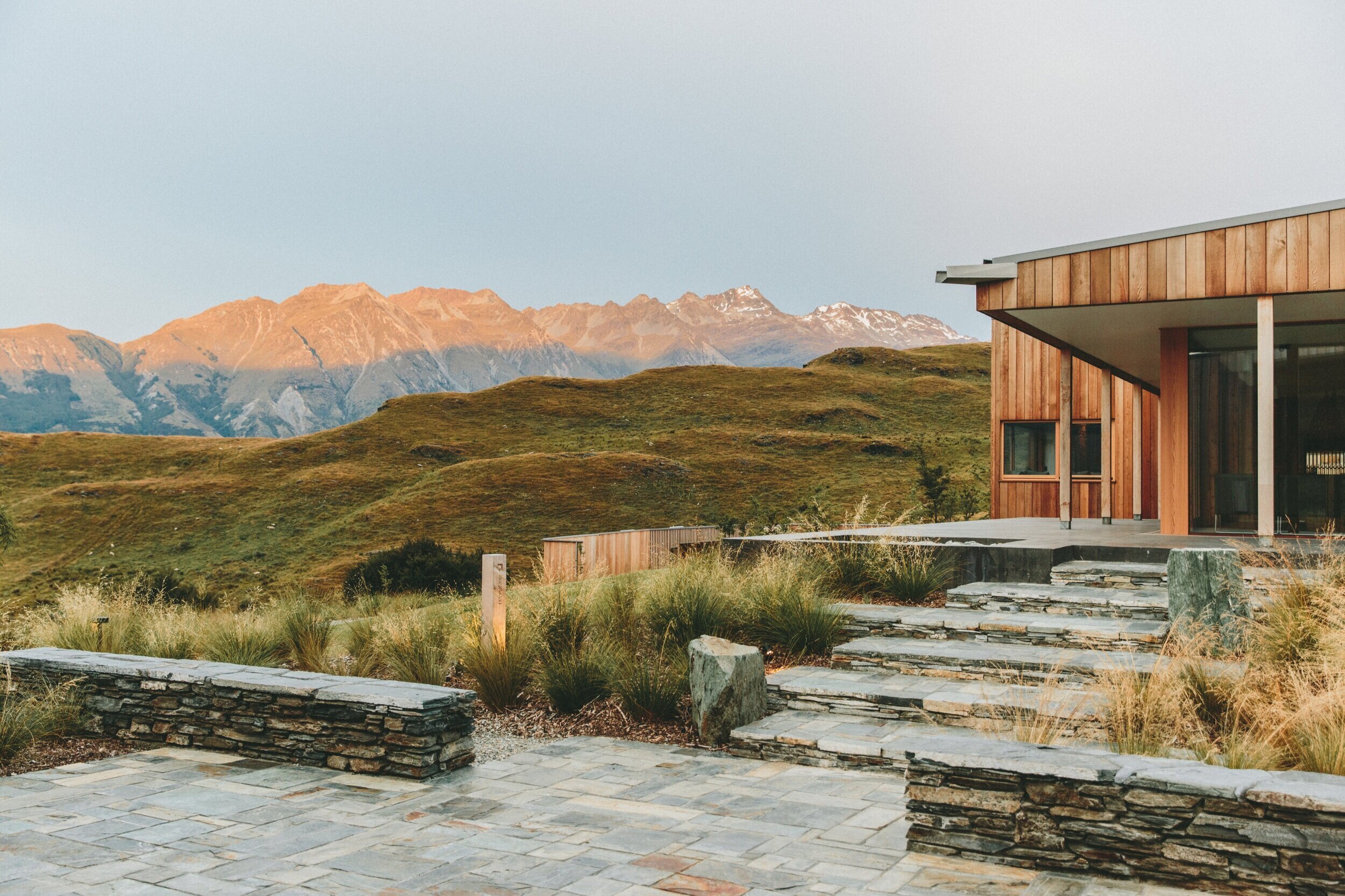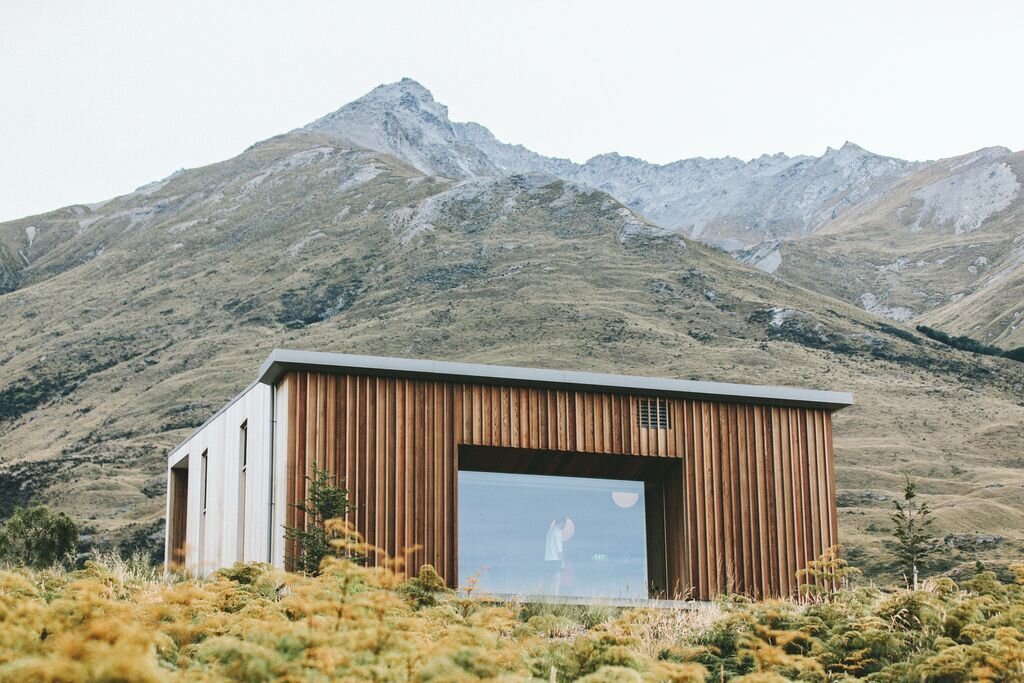
What We Build.
Infrastructure for Regeneration - Built in Southeast Asia, Built to Scale
We’re starting in the Philippines first - because if you can make it work here, you can make it work anywhere.
This is one of the hardest places on Earth to deploy infrastructure at scale: 7,000 islands, extreme weather, fragmented supply chains, land rights complexity, and frontline exposure to the climate crisis.
But it’s also one of the most promising. Because what’s here - land, stewardship, community networks, ingenuity - is exactly what the world needs more of.
That’s why Omtse starts here.
Not ideas. Not campaigns. Systems.
Our work isn’t about inspiration. It’s about functionality. We build what regeneration actually requires: the tools, infrastructure, and financial rails that make it possible for communities to earn from restoration—and keep earning for years to come.
Everything we build is designed to serve the people doing the work, starting with:
-
EarthSAMA is our mobile-first MRV platform, already in use across pilot sites. It lets farmers, fieldworkers, and cooperatives track and verify their impact using simple tools—photos, GPS, mobile forms. The data is secure, traceable, and aligned with emerging global carbon standards. This is how climate action becomes climate income.
-
In collaboration with the Shelter Company (Singapore), we deploy PODS: modular, reconfigurable buildings that serve the functions communities actually need.
Sometimes that’s a nursery. Sometimes it’s a training center, clinic, storage depot, or even transitional housing after a storm. What matters is that it’s fast, flexible, and locally managed.
This isn’t drop-in infrastructure. It’s embedded support—designed to move, grow, and adapt.
-
In many rural areas, the biggest barrier isn’t carbon markets or credit—it’s signal. We’re actively exploring ways to deploy localized mesh networks that support data upload, SMS, mobile payments, and co-op coordination. This isn’t about tech for tech’s sake. It’s about connection as a right, not a privilege.
-
Carbon finance has potential—but too often, the value gets extracted. We’re building financial rails that move capital differently: With pre-sale models, pooled credit structures, and transparent, co-designed revenue sharing. If we’re going to build a climate economy, we’re going to make sure it pays the people holding it up.
-
We don’t do monoculture. We support diversified planting systems—anchored in coconut, layered with cacao, coffee, and moringa—so farmers earn on different cycles, across different markets, with more resilience built in. It’s not just better for the land. It’s smarter economics.
We’re not building an app. We’re building a climate economy—tested in the hardest terrain, alongside the people already doing the work.
If the tools hold here, they’ll hold anywhere. If the revenue flows here, it can flow everywhere. If the infrastructure grows roots here, it can scale across the Global South.
That’s the point.






